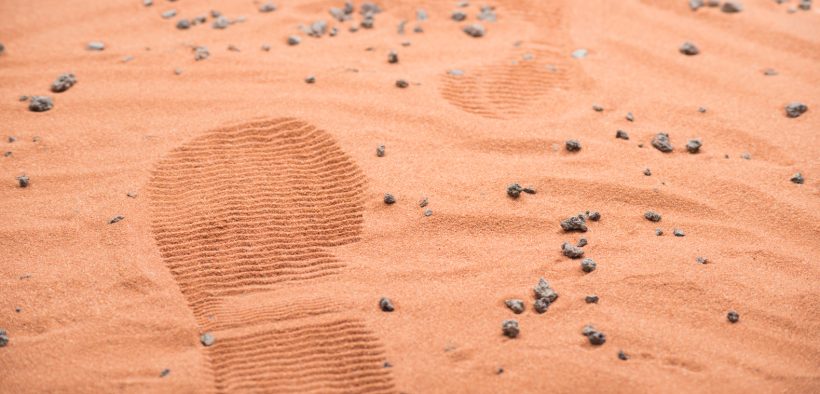Many institutions are experimenting with virtual reality (VR) to provide students with simulations that apply their theoretical learning to practice. We developed a VR experience, adapted from Joyner and Allen’s (2015) case study “Farming in Space? Developing a Sustainable Food Supply on Mars” and inspired by the film The Martian, in which students establish a base on Mars and grow crops to sustain life. Not only does the simulation teach students to think creatively about how to create a sustainable farming system in a hostile environment, it also teaches vital “soft” skills that all lab workers and scientists need, such as teamwork and communication.
The Mission to Mars Project: A Virtual Reality Learning Experience

- Tags: simulations, virtual reality
Related Articles
I have two loves: teaching and learning. Although I love them for different reasons, I’ve been passionate about...
Active learning is a mostly meaningless educational buzzword. It’s a feel-good, intuitively popular term that indicates concern for...
Perhaps the earliest introduction a student has with a course is the syllabus as it’s generally the first...
Generative AI allows instructors to create interactive, self-directed review activities for their courses. The beauty of these activities...
I’ve often felt that a teacher’s life is suspended, Janus-like, between past experiences and future hopes; it’s only...
I teach first-year writing at a small liberal arts college, and on the first day of class, I...
Proponents of rubrics champion them as a means of ensuring consistency in grading, not only between students within...








